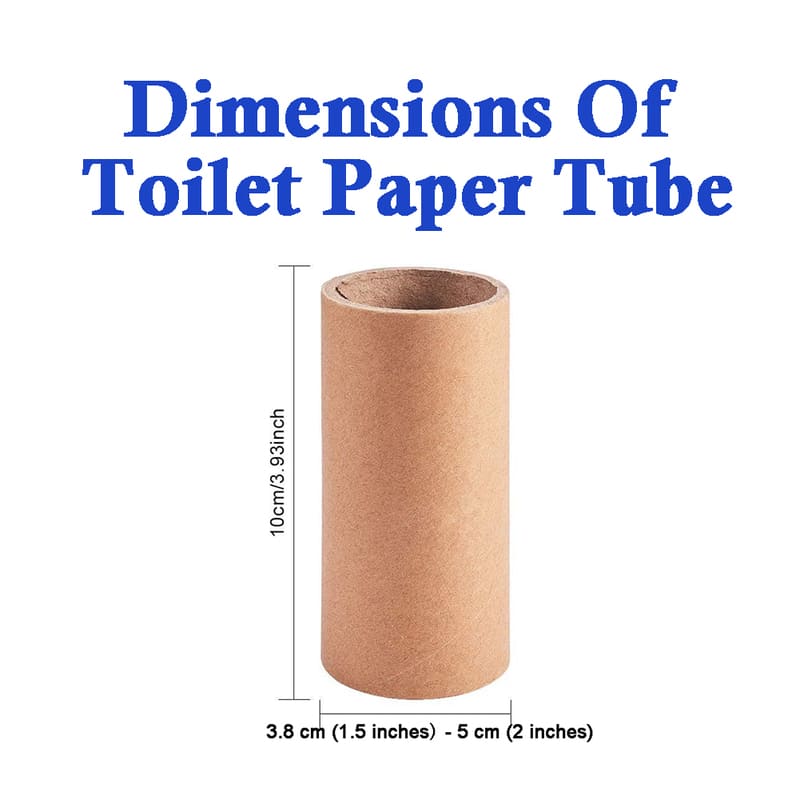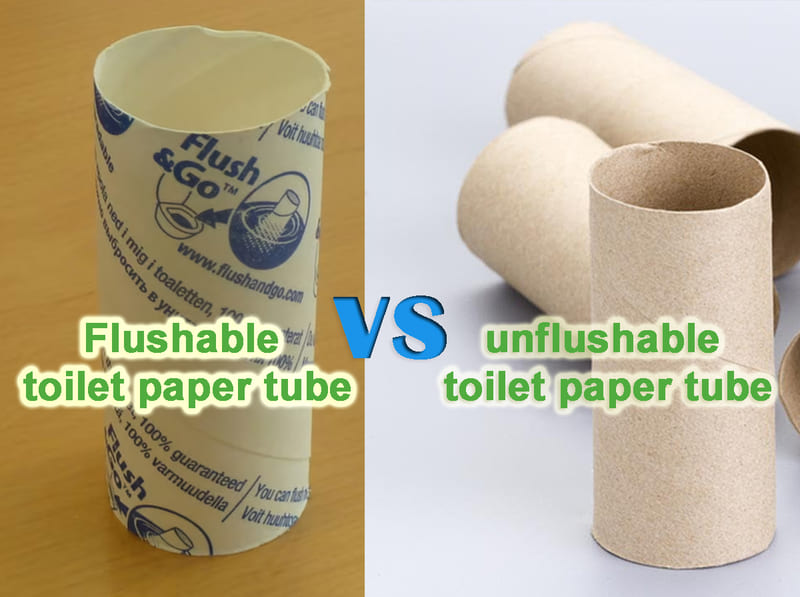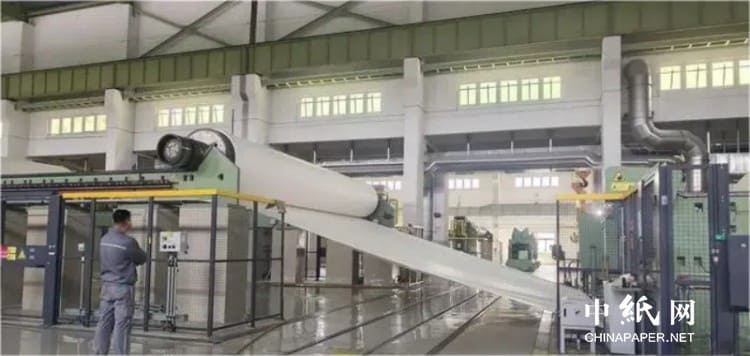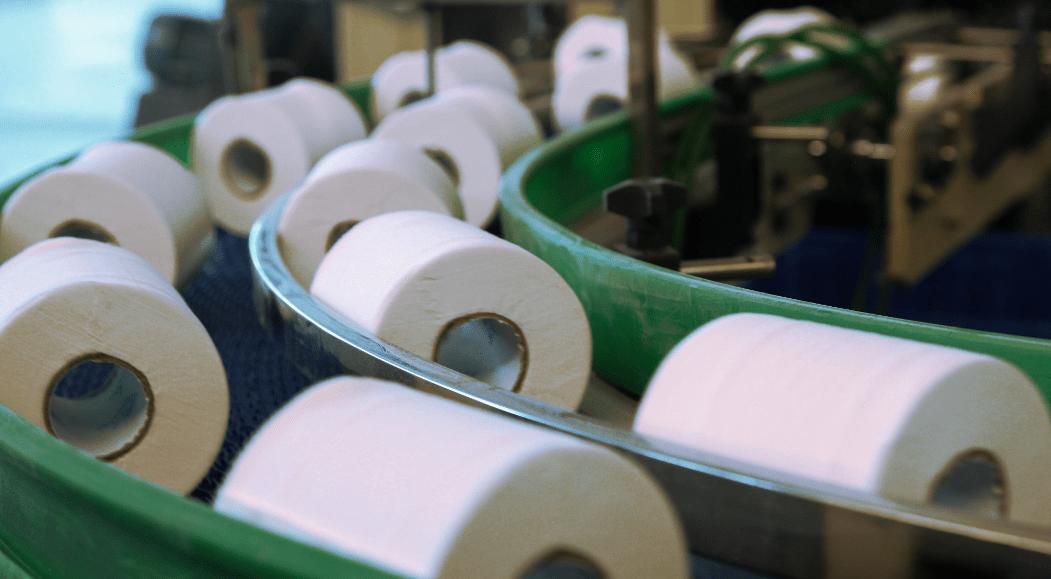Dry Paper Pulp Bale VS Wet Paper Pulp
Paper pulp is a fibrous material that is used to make various paper products, such as packaging, printing, writing, tissue, and hygiene products. Paper pulp can be classified into different types according to the raw materials and processes used to produce it. Some of the common types of paper pulp are chemical, mechanical, and recycled pulp.
In this article, we will compare and contrast two types of paper pulp that differ in their moisture content: dry paper pulp bale and wet paper pulp. We will examine their properties, advantages, disadvantages, and applications in various industries. We will also provide some recommendations for choosing the best type of paper pulp for specific purposes or needs.

Moisture Content
Moisture content is the amount of water present in paper pulp. It is expressed as a percentage of the total weight of the pulp. Moisture content affects the quality and performance of paper pulp in terms of its transportation, storage, and processing costs.
Dry paper pulp bale has a low moisture content of about 10% or less. This means that it has a high dry matter content and a low water content. Dry paper pulp bale is easier and cheaper to transport and store than wet paper pulp, as it requires less space and weight. Dry paper pulp bale also has a longer shelf life and is less prone to mold and bacterial growth.
Wet paper pulp has a high moisture content of about 50% or more. This means that it has a low dry matter content and a high water content. Wet paper pulp is more difficult and expensive to transport and store than dry paper pulp bale, as it requires more space and weight. Wet paper pulp also has a shorter shelf life and is more susceptible to mold and bacterial growth.
Production Process
The production process of paper pulp involves converting raw materials, such as wood or bagasse, into fibrous material that can be molded into various shapes and sizes. The production process can be divided into two main steps: pulping and pressing.
Pulping is the process of separating the fibers from the lignin and other impurities in the raw materials. Pulping can be done by using chemical, mechanical, or biological methods. Chemical pulping uses chemicals to dissolve the lignin and produce high-quality fibers with high strength and brightness. Mechanical pulping uses physical force to grind the raw materials and produce low-quality fibers with low strength and brightness. Biological pulping uses enzymes or microorganisms to break down the lignin and produce medium-quality fibers with medium strength and brightness.
Pressing is the process of removing excess water from the pulp and forming it into bales or sheets. Pressing can be done by using dry or wet methods. Dry pressing uses high pressure and temperature to squeeze out the water and produce dry paper pulp bale with low moisture content. Wet pressing uses low pressure and temperature to press out some of the water and produce wet paper pulp with high moisture content.
Product Quality
The product quality of paper pulp depends on its physical and chemical characteristics, such as its appearance, strength, brightness, bulk, ink receptivity, and environmental friendliness. The product quality of paper pulp is influenced by its moisture content and production process.
Dry paper pulp bale has a better product quality than wet paper pulp in terms of its appearance, strength, brightness, bulk, ink receptivity, and environmental friendliness. Dry paper pulp bale has a smooth surface, high tensile strength, high brightness level, low bulk density, high ink absorption capacity, and low environmental impact. Dry paper pulp bale can be used to make products that require high quality standards, such as cosmetics packaging, tissue paper, printing paper, etc.
Wet paper pulp has a lower product quality than dry paper pulp bale in terms of its appearance, strength, brightness, bulk, ink receptivity, and environmental friendliness. Wet paper pulp has a rough surface, low tensile strength, low brightness level, high bulk density, low ink absorption capacity, and high environmental impact. Wet paper pulp can be used to make products that require low quality standards, such as egg trays, fruit trays, disposable tableware, etc.
In conclusion, dry paper pulp bale and wet paper pulp are two types of paper pulp that differ in their moisture content. Dry paper pulp bale has a low moisture content of about 10% or less, while wet paper pulp has a high moisture content of about 50% or more. Dry paper pulp bale has advantages over wet paper pulp in terms of its transportation, storage, processing costs, and product quality. Dry paper pulp bale is suitable for making high-quality products, such as cosmetics packaging, tissue paper, printing paper, etc. Wet paper pulp has disadvantages over dry paper pulp bale in terms of its transportation, storage, processing costs, and product quality. Wet paper pulp is suitable for making low-quality products, such as egg trays, fruit trays, disposable tableware, etc.
Therefore, the best type of paper pulp for specific purposes or needs depends on the quality standards and requirements of the products and the industries. For example, if the product requires high strength, brightness, ink receptivity, and environmental friendliness, then dry paper pulp bale is the best choice. If the product requires low cost, easy molding, and biodegradability, then wet paper pulp is the best choice.






